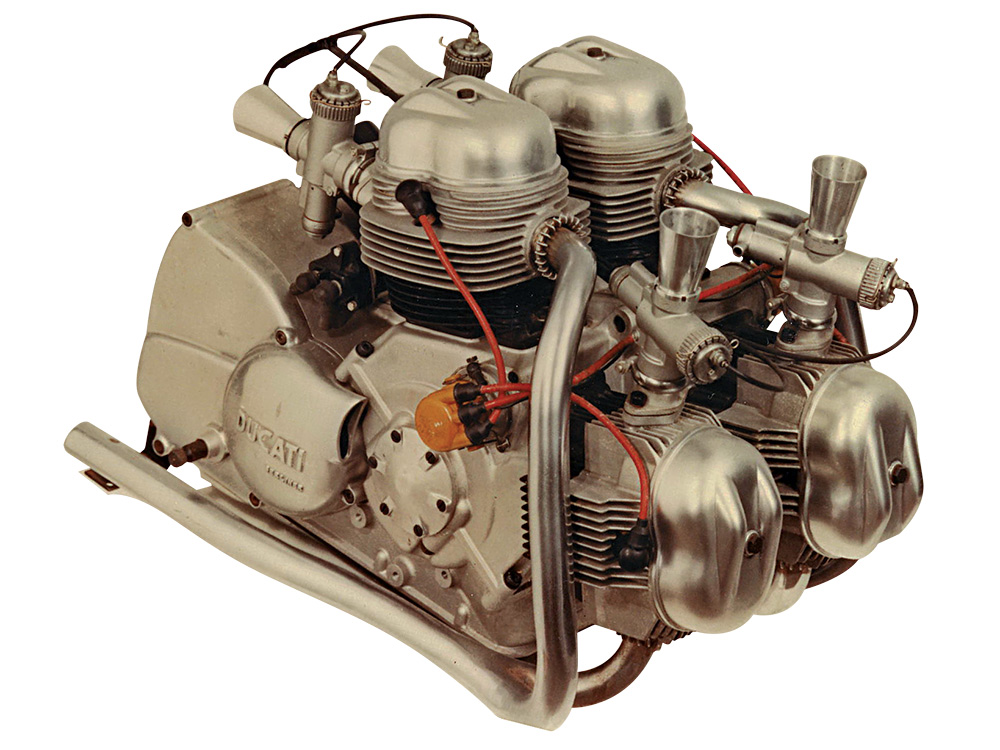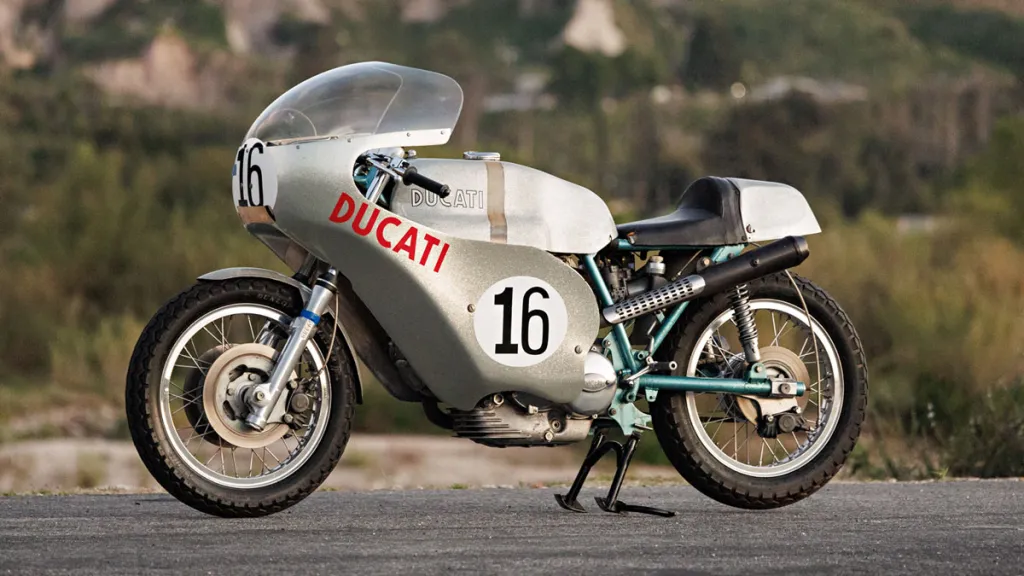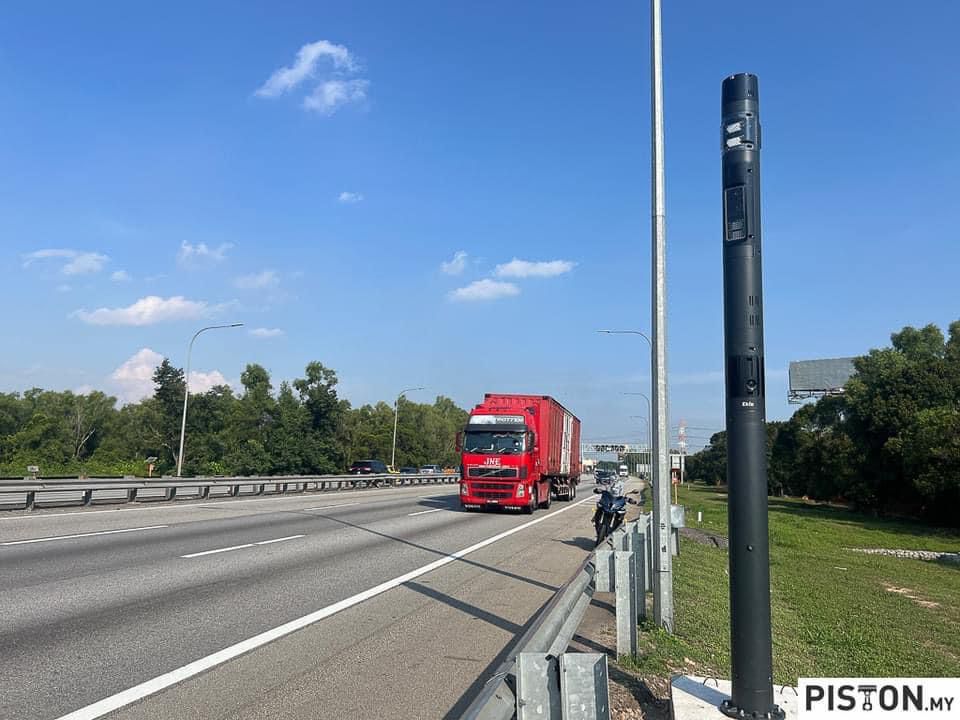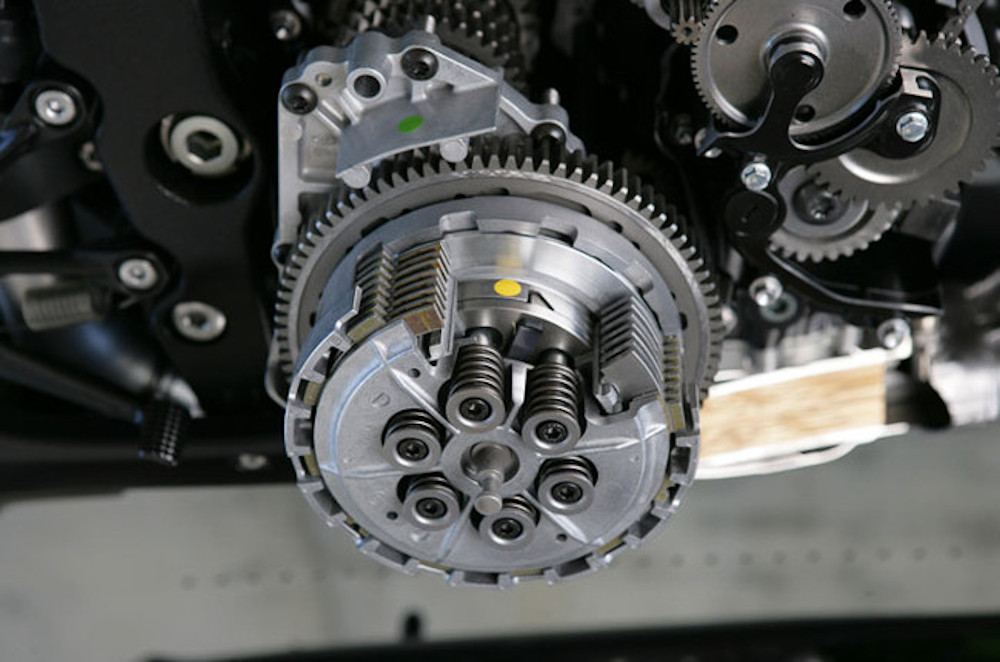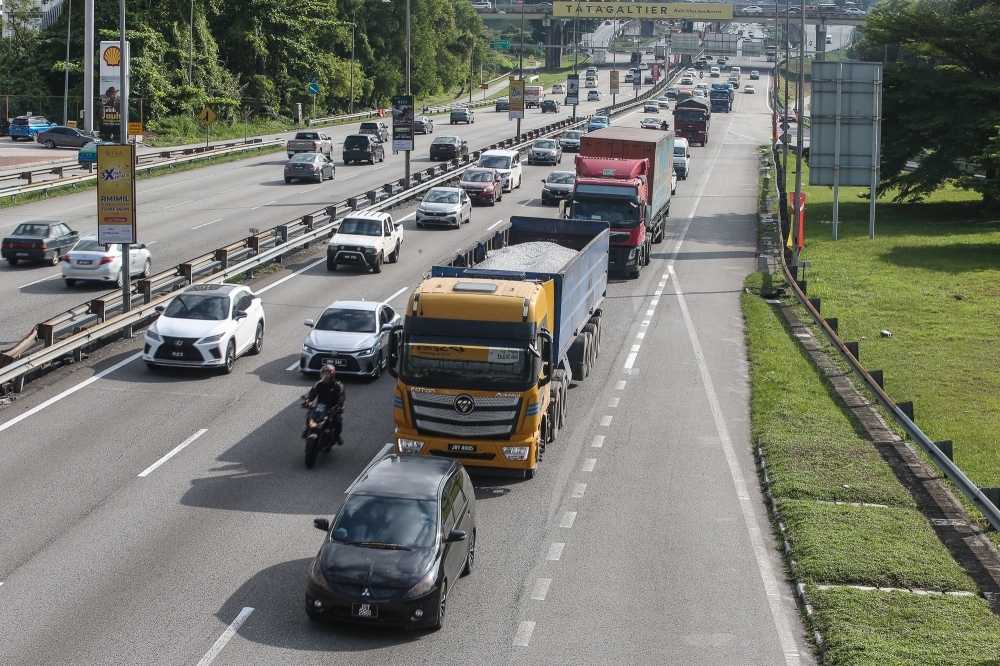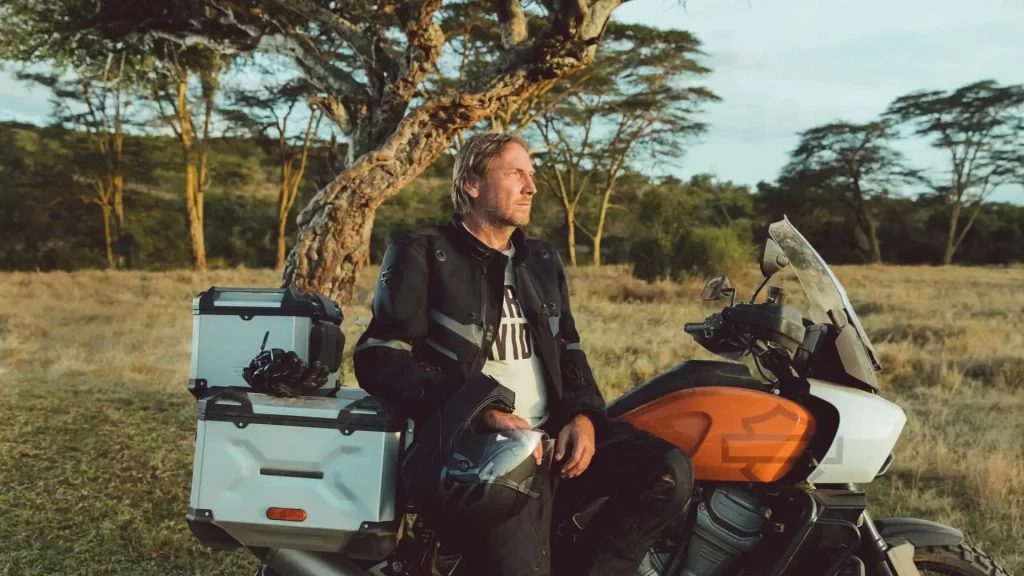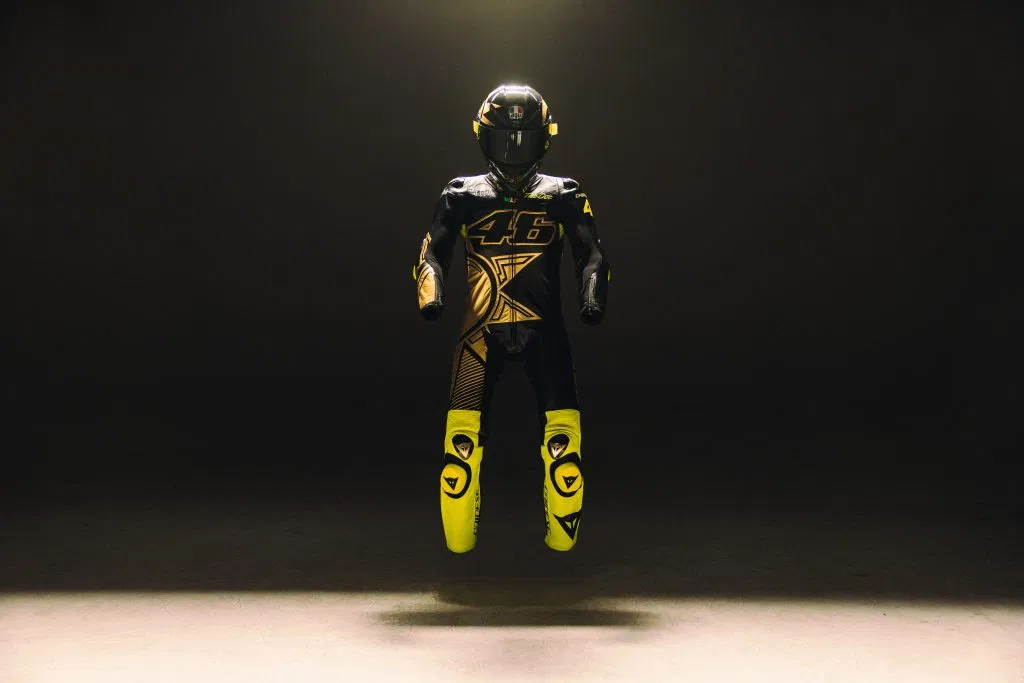Will we may see the end of the Ducati V-Twin superbike, with the announcement of the Ducati Panigale V2 Superquardro Final Edition? The factory will still utilise the 90° V-Twin engine in other models, of course, but it will be a sad day to see the absence of a two-cylinder Ducati superbike in the lineup, for it was the V-Twin (Ducati calls it the ‘L’-Twin) that cemented Ducati’s name in the halls of excellence.
So maybe it is a good time to retrace the evolution of the Ducati V-Twin superbike. (This article only covers Ducati’s sportbikes with the Panigale V2 Superquardro Final Edition as the main picture.)
When did the Ducati V-Twin begin?
As with almost all manufacturers, Ducati had started with building single-cylinder engines. The first one was in fact a 48cc unit made by SIATA which Ducati installed in the bicycle in 1950.
Ducati actually built their first V4 engined motorcycle called the Berliner 1260 Apollo in 1964. It was a beast that almost no one could ride and no rear tyre could withstand the engine’s torque and power. Well, why not: The 1257cc air-cooled 90° V-Four engine produced 100 hp at just 7,000 RPM. By comparison, the Harley V-Twin of the era did only 55 hp. (We shall write a story about this intriguing bike soon!)
One day, 20th March 1970, Dr. Fabio Taglioni began sketching on a 90° V-Twin engine. It was from here that an entire slew of models came about both in racing and its adoption to street models, including 500cc racebikes and 750cc road bikes. The Ducati 750 Imola Desmo went on to win the Imola race in 1972.
The camshafts were driven off a tower shaft and bevel gear system up to this point. Taglioni introduced the Pantah 500SL with belt-driven cams in 1980. This belt-driven system continued until the Superquardro V-Twin came to light on the Panigale 1199.
Two became four
Dr. Taglioni had experimented with the four-valved head but seemed to have made no headway. Instead, it was his understudy, Massimo Bordi who successfully designed and pushed it through.
The four-valve 90° V-Twin engine, now known as the Desmoquattro, began in the prototype 748IE Bol d’Or racer in 1986, before being adopted in the Ducati 851 in 1987. At the same time, it was also Ducati’s first liquid-cooled engine. Raymond Roche took the 851 to the first World Superbike crown for Ducati in 1990 hence starting Ducati’s domination in the championship.
The 851 became the 888, then came the iconic 916 that in turn became the 955 (ultra limited SP version only), and finally the 996.
Subcategories of the Desmoquattro
Testastretta
In 2001, Ducati brought out the 996R homologation model. It was essentially used the 998cc engine which featured the new Testastretta head or “narrow head.” The new Testastretta had the included valve angle reduced from 40 degrees to 25 degrees. As such, the bore could be made bigger to increase the rev limit, hence producing more top end power.
The 999, designed by Pierre Terblanche was a wholly redesigned bike, followed in 2003. However, the design was way too far of its time and was severely panned, despite the 999 being better in almost every department.
Testastretta Evoluzione
The 999 was in turn succeeded by the 1098 in 2007. It was the most powerful V-Twin of the era and was well-received, what with a styling that “evolved” from the 916. The 1098 became the 1198 in 2009.
Superquadro
The 1098/1998 lineup was subsequently replaced by the 1199 Panigale in 2012 hence began the Superquardro engine. It was the most powerful V-Twin at the time, punching out 195 hp and 133 Nm.
There were several changes, most obvious was the deletion of the belt-driven cams for a hybrid gear/chain drive. Ducati made four displacements for this engine, ranging from 898cc to 1285cc.
The smaller V-Twin sportbikes
We need to mention the smaller capacity Ducati sportbikes as they led to the Ducati Panigale V2 Superquardro Final Edition. Amidst the 916 was the smaller 748 which Ducati raced in the SuperSport categories vs. 600cc inline-four superbikes. The 748’s engine was of course, a 90° Desmo V-Twin with four-valves per cylinder, but displaced 748cc. So, to complete the timeline, the 748cc engine started getting bigger becoming the 749, 848, 899, and finally the present 955 with the Superquardro engine. The 955cc Panigale was rebranded as the Panigale V2 following the debut of the Panigale V4 in 2018.



